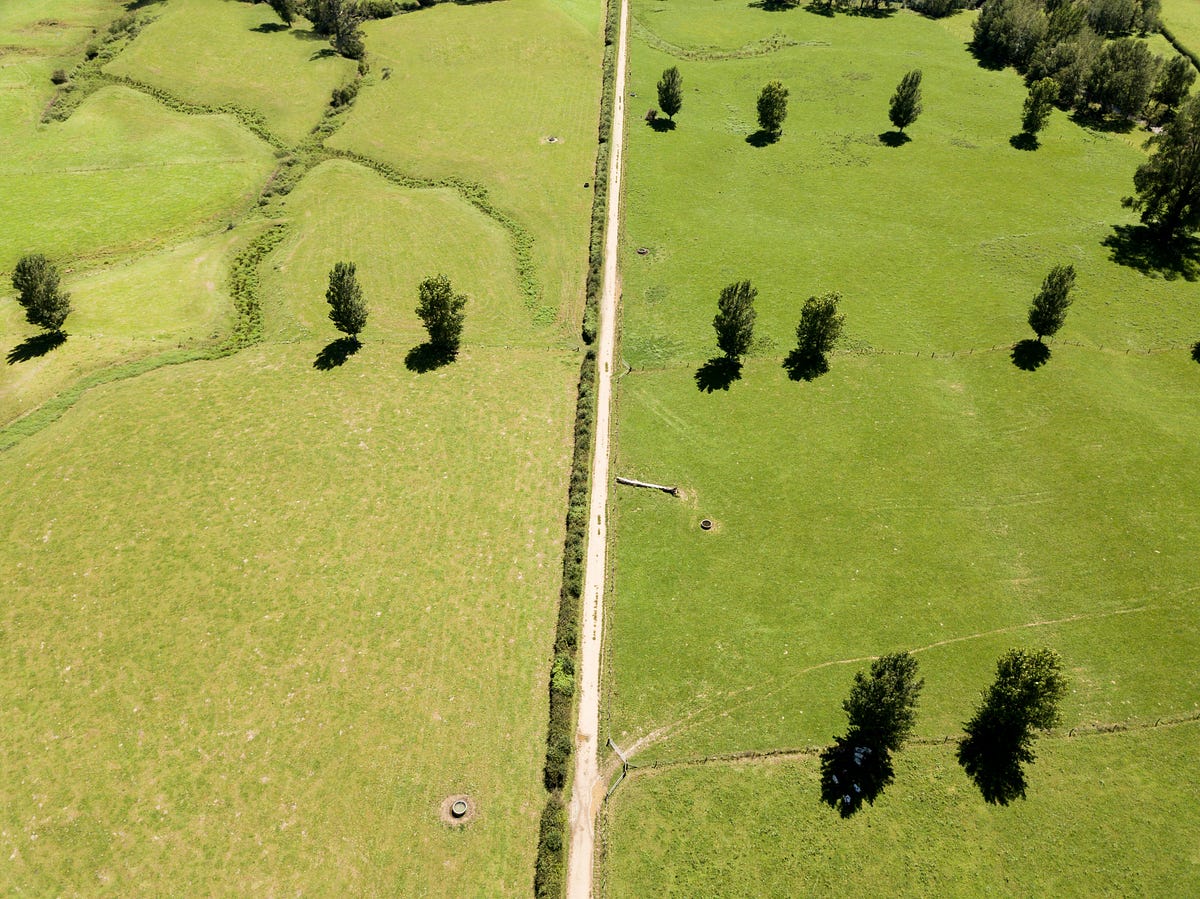Key Takeaways and Practical Guidance for LLM fine-tuning
Parameter-Efficient Fine-Tuning (PEFT) is revolutionizing large language model deployment. LoRA (Low-Rank Adaptation), the current flagship of PEFT methods, allows models with trillions of parameters to be rapidly and flexibly adapted for new tasks using only a tiny fraction of trainable parameters. This blog distills the latest findings from Schulman and Thinking Machines Lab’s “LoRA Without Regret,” offering a practical, research-backed perspective for model builders and researchers.¹
Why LoRA Matters
LoRA introduces a compact, efficient way to adapt large models post-training. Instead of updating all parameters, it focuses on learning updates represented by two small matrices (A and B), added to existing weights via the formula W′=W+γBA. This enables crucial advantages:¹
- Multi-tenant serving: Multiple LoRA adapters can be swapped or batched on a single server, allowing easy experimentation and rapid deployment.
- Training efficiency: LoRA consumes drastically less memory and compute, since optimizer states for only a subset of parameters must be tracked.
- Portability and speed: LoRA adapters are lightweight and fast to transfer between machines.
Matching Full Fine-Tuning Performance
A central concern: Can LoRA match the ultimate performance of full fine-tuning (FullFT)? Extensive experiments reveal:¹
- LoRA matches FullFT on small to medium post-training datasets (instruction-tuning, reasoning).
- If the dataset size or information complexity outpaces LoRA’s parameter capacity, performance drops (typically, training efficiency rather than “final floor”).
- LoRA is less tolerant of large batch sizes than FullFT — there is a notable loss penalty as batch size increases.
Where and How to Apply LoRA
Historical best practices recommended LoRA only on attention layers, but recent evidence shows:¹
- For most tasks, LoRA should be applied to all layers, including MLP and MoE layers. Attention-only LoRA is consistently outperformed by MLP-only or combined approaches.
- The rank of LoRA (number of low-rank components) is crucial: higher ranks help only if the dataset demands more capacity. Sweeping ranks from 1–512 demonstrates learning curves similar to FullFT until LoRA hits capacity limits.
LoRA for Reinforcement Learning
Remarkably, LoRA matches FullFT performance even for RL tasks, often succeeding with very low rank values. This is attributed to RL’s low information-per-episode requirements, ensuring LoRA’s small adapters easily suffice for absorbing all necessary learning signal.¹
Hyperparameters: Learning Rate and Initialization
LoRA’s optimal learning rate (LR) differs sharply from FullFT:
- Empirically, optimal LR for LoRA is ~10x higher than FullFT for long runs, and up to 15x higher for short runs.
- Theoretical analysis shows LoRA’s learning rate is approximately rank-invariant, with nuances for very low ranks.
- LoRA’s scaling factor (αα), initialization scale for A, and LRs for A and B exhibit symmetries (redundancies): tuning two out of four suffices.
- For practical users, the Huggingface peft library’s defaults (α=32, uniform A initialization, zero B, same LR) remain robust.
Compute Efficiency and Practical Deployment
LoRA uses about ⅔ of the FLOPs compared to full fine-tuning per forward-backward pass, significantly boosting compute efficiency. This advantage compounds in large-scale deployments, making LoRA appealing for resource-constrained environments, multi-model inference, and rapid prototyping.¹
Theory and Open Questions
The study raises important further questions for the field:
- Capacity estimation: While 2-bits-per-parameter is a guideline, real-world datasets differ in memorization vs. generalization demands.
- Learning rate ratio: The empirical 10x LR ratio between LoRA and FullFT needs theoretical underpinnings.
- LoRA variants: Exploration of PiSSA, enhanced MoE adapters, and tensor/expert-parallel compatibility could further optimize LoRA utility.
Overall, LoRA saves much more than just memory:
- The Capacity Question —
The brutal truth? LoRA underperforms when your dataset exceeds its capacity. Rule of thumb: Neural networks store ~2 bits per parameter. Your 50K instruction dataset with 1 bit/token loss? You need enough LoRA parameters to absorb that information. - Which Layers Get LoRA? —
Recent experiments show attention-only LoRA underperforms even when you match parameter counts with higher rank. The winner: Apply LoRA to ALL layers, especially MLP/MoE layers where most parameters live. Example on Llama-3.1–8B:
MLP-only (rank 128): 0.24B params ✅
Attention-only (rank 256): 0.25B params ❌
Same parameter count. MLP-only wins. Why? Because training dynamics depend on where parameters are, not just how many. - The Batch Size Penalty — The hidden performance killer
LoRA degrades FASTER than full fine-tuning as batch size increases.
And it’s independent of rank. Rank-1, rank-256, rank-512… all show the same degradation pattern at large batches. - The Learning Rate Mystery — 10x faster, but why?
Optimal LoRA learning rate is consistently 10x higher than full fine-tuning. Across ALL model sizes. 8B to 70B parameters. Llama, Qwen, doesn’t matter.
Empirical fact: LoRA LR = 10 × FullFT LR
We don’t have a complete theoretical explanation for this 10x ratio. The 1/r scaling factor makes optimal LR approximately rank-invariant (rank-1 and rank-512 use similar LRs). But the 10x boost over FullFT? Still an open question.
When LoRA matches full fine-tuning:
✅ Applied to all layers (especially MLPs)
✅ Rank × 2 bits/param > dataset information content
✅ Reasonable batch sizes (<512)
✅ LR properly tuned (10× FullFT optimal)
✅ Training long enough (B matrix grows to match A scale)
When LoRA underperforms:
❌ Attention-only
❌ Dataset too large for capacity
❌ Very large batches (1024+)
❌ Wrong LR (using FullFT learning rate)
❌ Short training with low LR
Closing Thoughts
LoRA’s regime of “low regret” — matching FullFT when adapters have sufficient trainable capacity and are applied to all major layers — covers most realistic post-training scenarios. The method’s speed, memory profile, and multi-tenant benefits mean LoRA is likely to become the default for large model adaptation, especially in production environments and rapid research loops.¹
Schulman, John and Thinking Machines Lab provide both actionable insights and a roadmap for future advances. For anyone working with large language models, mastering LoRA’s nuances promises not just efficiency, but high performance with minimal resource regret.
Appendix
Learn more about LoRA Without Regret: Paper Review
